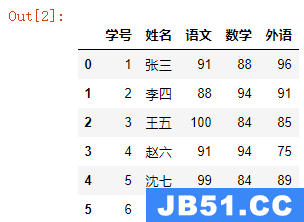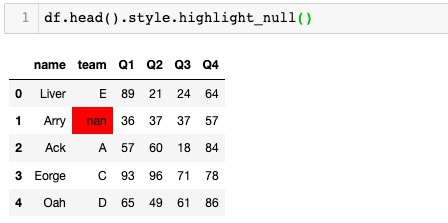
纵轴表示不同索引axis=0,横轴表示不同列axis=1



DataFrame类型创建
1 import pandas as pd 2 3 import numpy as np 4 5 d=pd.DataFrame(np.arange(10).reshape(2,5)) 6 7 d 8 Out[4]: 9 0 1 2 3 4 10 0 0 1 2 3 4 11 1 5 6 7 8 9 #自动生成行索引和列索引
2.从一维ndarray对象字典创建
1 import pandas as pd
2
3 dt={'one':pd.Series([1,2,3],index=['a','b','c']),
4 'two':pd.Series([8,7,6,5],index=['a','b','c','w'])}
5
6 dt
7 Out[9]:
8 {'one': a 1
9 b 2
10 c 3
11 dtype: int64, 'two': a 8
12 b 7
13 c 6
14 w 5
15 dtype: int64}
16
17 d=pd.DataFrame(dt)#原字典中的键变成列索引值,列索引位值中的Series数据中的索引并集
18
19 d
20 Out[11]:
21 one two
22 a 1.0 8
23 b 2.0 7
24 c 3.0 6
25 w NaN 5
26
27 pd.DataFrame(dt,index=['a','b','c'],columns=['two','three'])
28 Out[13]:
29 two three
30 a 8 NaN
31 b 7 NaN
32 c 6 NaN #缺少的元素会被自动补齐
3.从列表类型的字典创建
1 import pandas as pd
2
3 dl={'one':[1,2,3,4],'two':[3,5,6,9]}
4
5 pd.DataFrame(dl,index=['a','b','c','d']) #这里注意后加的索引值得跟字典里的值数一样
6 Out[28]:
7 one two
8 a 1 3
9 b 2 5
10 c 3 6
11 d 4 9






